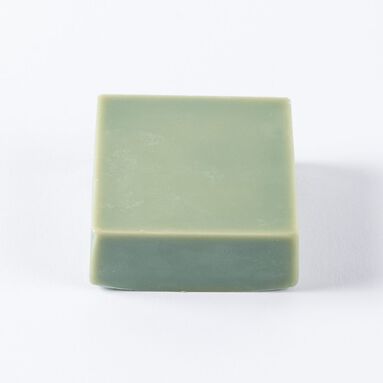I need some advice regarding the use of coloured essential oils and their properties in cold/hot process soap.
I am wanting to use Australian Blue Cypress Essential Oil in my next lot of soaps. Can anyone share any experience of using this oil or or other coloured essential oils, please?
Does the Blue colour fade or change, and any advice on if this should be added after emulsion or earlier? Its an expensive oil, so I want to avoid spoiling it.

I am wanting to use Australian Blue Cypress Essential Oil in my next lot of soaps. Can anyone share any experience of using this oil or or other coloured essential oils, please?
Does the Blue colour fade or change, and any advice on if this should be added after emulsion or earlier? Its an expensive oil, so I want to avoid spoiling it.




















































 ...)
...)